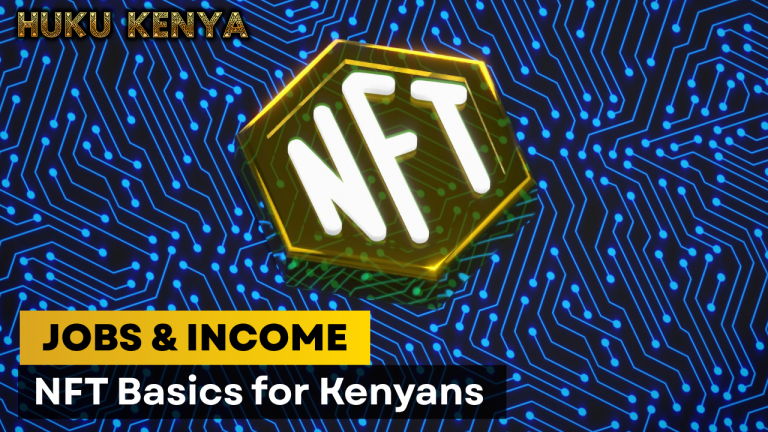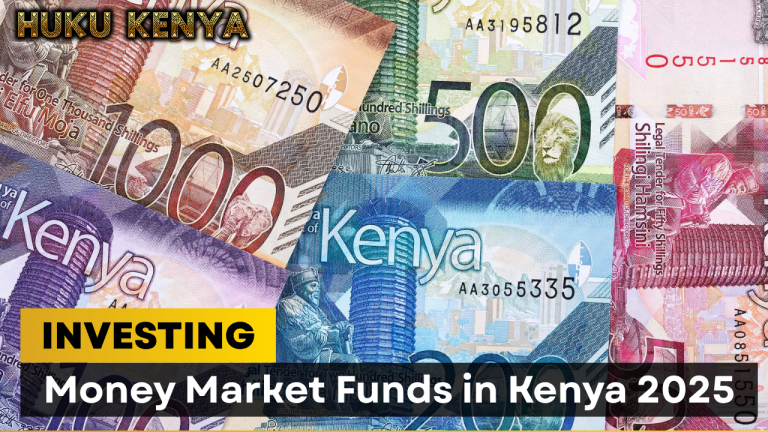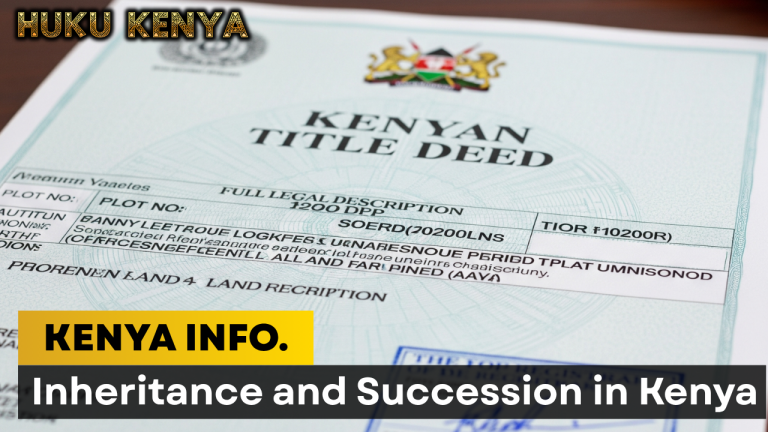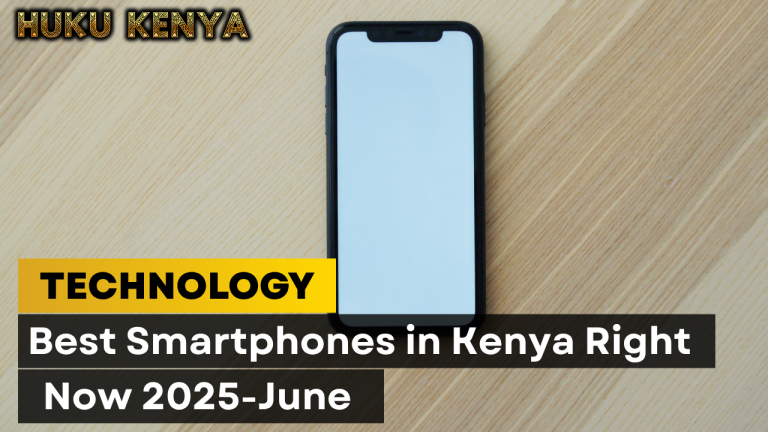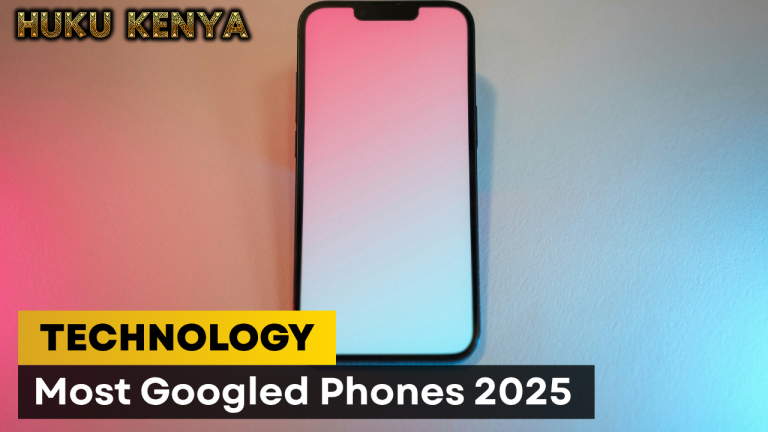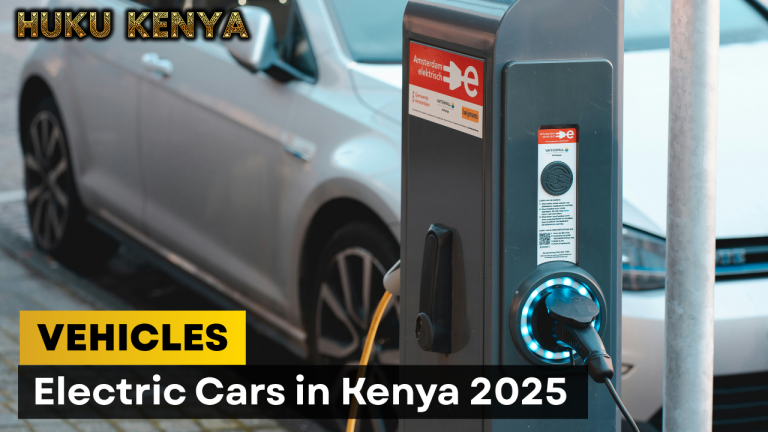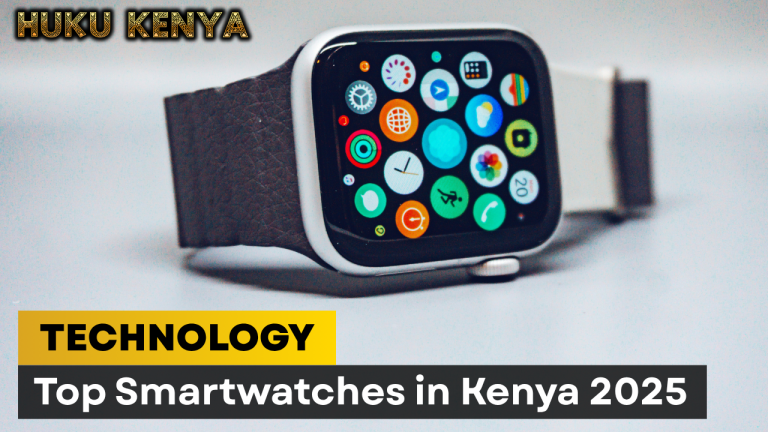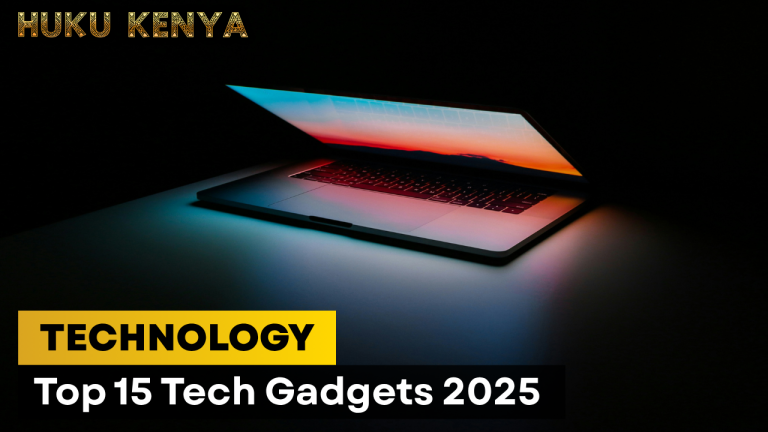
Step-by-step process, taxes, documents, and what’s new this year
1. What’s Allowed in 2025?
Before you buy, make sure your EV meets these legal requirements:
- Right-hand drive (RHD) only
- Not older than 8 years from first registration (i.e. 2018 or newer in 2025)
- Must pass pre-shipment inspection by KEBS-approved agents (e.g. QISJ, JEVIC)
- Must meet emission and safety standards under KEBS KS1515:2000
- Fully electric vehicles (no petrol/diesel hybrid) qualify for tax incentives
2. Where to Buy Your EV
Popular sourcing countries:
- Japan – Nissan Leaf, Mitsubishi i-MiEV, Honda Fit EV
- UK – Peugeot e-208, BMW i3, MG ZS EV
- China – BYD Dolphin, Wuling Mini EV, Neta N01
- UAE – Tesla Model 3/Y, BYD Atto 3
Choose exporters with:
- Verified auction sheets
- Original documents (invoice, bill of lading, inspection cert)
- Experience with EV shipping and battery handling
3. Pre-Shipment Checklist
Before the car leaves port:
- Inspection: Roadworthiness + battery health (via QISJ or JEVIC)
- Marine insurance: Mandatory for shipping
- Export documents:
- Commercial invoice
- Bill of lading
- Export certificate
- Inspection certificate
- EV battery declaration (if required)
4. Taxes and Duties for EVs in 2025
EVs enjoy reduced taxes compared to petrol/diesel cars:
| Tax Type | Rate |
|---|---|
| Import Duty | 0% |
| Excise Duty | 10% |
| VAT | 16% |
| IDF (Import Declaration Fee) | 3.5% |
| RDL (Railway Development Levy) | 2% |
Example: For a Nissan Leaf valued at KSh 1.5M (CIF), total taxes may be ~KSh 450K–500K—significantly lower than a petrol car of similar value.
5. Clearing and Registration at Mombasa Port
Once the EV arrives:
- Licensed clearing agent handles customs
- Pay duties via KRA iTax
- Submit documents to NTSA for registration
- Receive digital logbook and green number plates
- Install insurance and collect the car
Processing time: 7–14 working days if documents are in order
6. What’s New in 2025?
- Digital logbooks only – NTSA no longer issues physical copies
- KRA’s new valuation engine uses global EV databases to prevent under-invoicing
- Emission testing now includes EV battery safety checks
- Green number plates are mandatory for all EVs
- EVs now eligible for Trusted Importer fast-track clearance (if you qualify)
7. Pro Tips for First-Time EV Importers
- Avoid left-hand drive EVs—they won’t be cleared
- Check battery health (State of Health > 80% preferred)
- Use CarVX or EVCheck to verify auction history
- Confirm charging port compatibility (CHAdeMO vs CCS2)
- Budget for home charger installation (KSh 60K–120K)
Final Word
Importing an EV to Kenya in 2025 is easier, cheaper, and greener than ever. With zero import duty, growing charging infrastructure, and digital clearance systems, the road to electric mobility is wide open—if you follow the rules.


